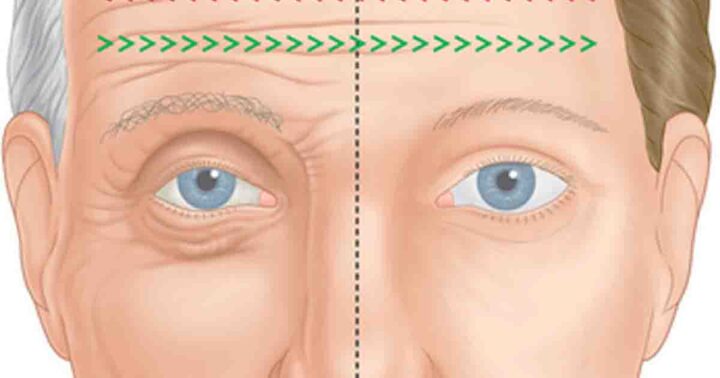Your feet can serve as a window into your overall health, and surprisingly, they may even offer insights about the condition of internal organs such as the liver.
The liver is an essential organ that performs numerous critical functions. Sometimes, unusual occurrences in your feet like red spots or cracked heels may hint at underlying liver issues. Here, we’ll discuss 9 signs from your feet that may indicate your liver needs attention.
Red Spots:
If you notice red spots on your lower legs, particularly around the ankles, it may signify liver damage or even diabetes. These spots are often a result of poor blood circulation due to the heart’s inability to efficiently pump blood to the lower extremities.
Burning Sensation:
Experiencing a burning sensation in your feet could be indicative of a fatty liver. When the liver becomes inflamed, it may trigger inflammation in the body as a defense mechanism against infection. This inflammation can manifest as a burning sensation in the feet, signaling that something might be amiss.
Spider Veins:
Spider veins are small, dilated blood vessels that appear close to the surface of the skin. While they can develop during pregnancy, they may also be a sign of liver damage, particularly if associated with cirrhosis due to alcohol abuse. The liver is essential for detoxifying the blood, digesting food, and producing proteins that aid in blood clotting. An unhealthy liver can lead to unhealthy blood vessels, increasing the likelihood of spider veins.
Discoloration:
If you observe a yellow discoloration on your feet, it could be a symptom of jaundice, which may indicate cirrhosis, hepatitis, or liver failure. Liver failure occurs when the liver loses or is in the process of losing its functions. It is also accompanied by abdominal pain, vomiting, nausea, fatigue, and confusion.
Foot Pain:
Severe pain in the feet to the point of difficulty in walking could be a sign of liver disease, possibly Hepatitis C. Hepatitis is a leading cause of liver disease and can escalate to cirrhosis, liver failure, or even cancer. When the liver is damaged, it often results in intense pain in the feet and ankles.

Swelling:
Alongside foot pain, swelling may be observed. This swelling, known as edema, is caused by fluid buildup in certain areas of the body, primarily the feet, ankles, and legs. Pitting edema, characterized by a small dent remaining when you press against the swollen area, indicates excess fluid buildup.
Cracked Skin:
Cracked and dry skin on the feet can indicate a deficiency of essential vitamins, particularly Omega 3 Fatty Acids, which is crucial for liver health. Omega 3 supplements have been found to improve liver function in patients with non-alcoholic fatty liver disease. A lack of Vitamin B3, essential for maintaining skin’s moisture, could also result in worsening skin conditions. It’s advisable to consume foods rich in Omega 3, such as seafood and nuts, and Vitamin B3, such as chicken breast, tuna, and turkey.
Odor:
Foot odor may be indicative of the liver’s inability to effectively detoxify the body. If the liver is not functioning properly, toxins accumulate in the body and are expelled through the skin, causing a foul odor in the feet, breath, and urine.
Itching:
Though less common, itching or pruritus may signify fluid buildup in the liver. When the liver is congested, sensitive areas such as the palms or soles may become irritated. Studies show that people with chronic liver diseases, particularly primary biliary cirrhosis, often experience itching.
Observing changes in your feet can be an important first step in recognizing potential liver problems. However, these symptoms are just the beginning, and further medical evaluation is necessary for a precise diagnosis.











